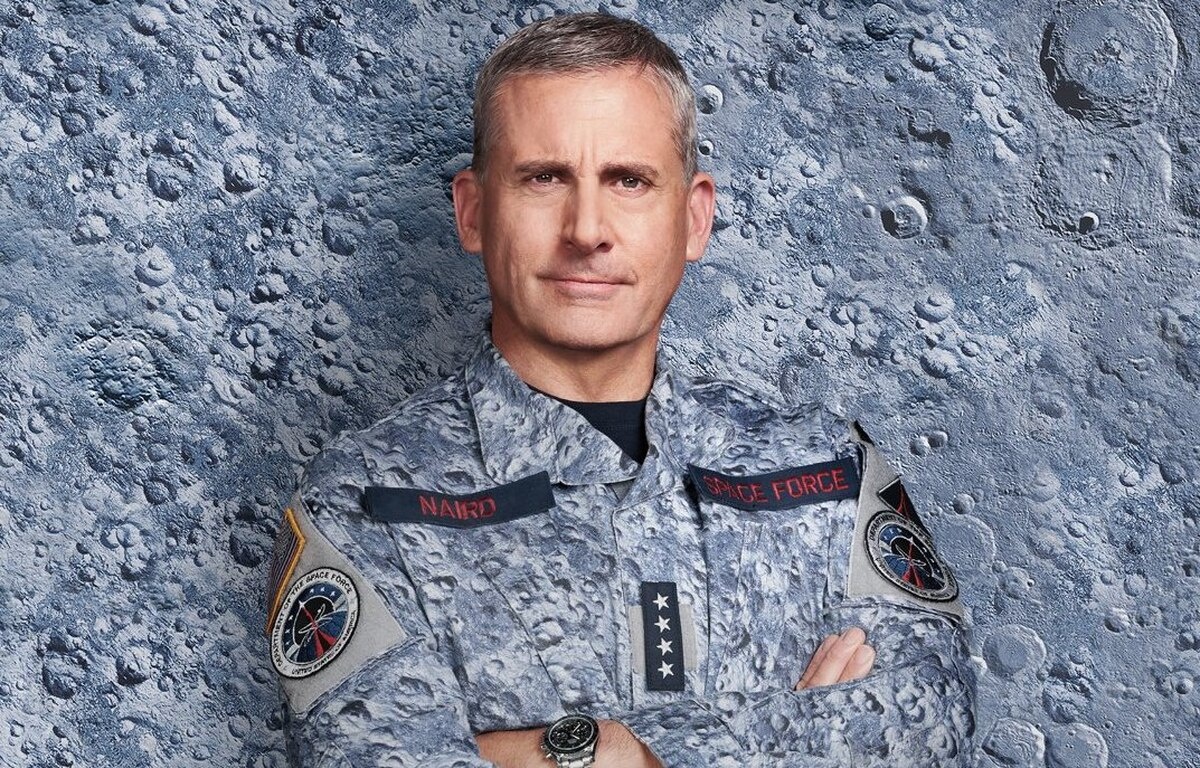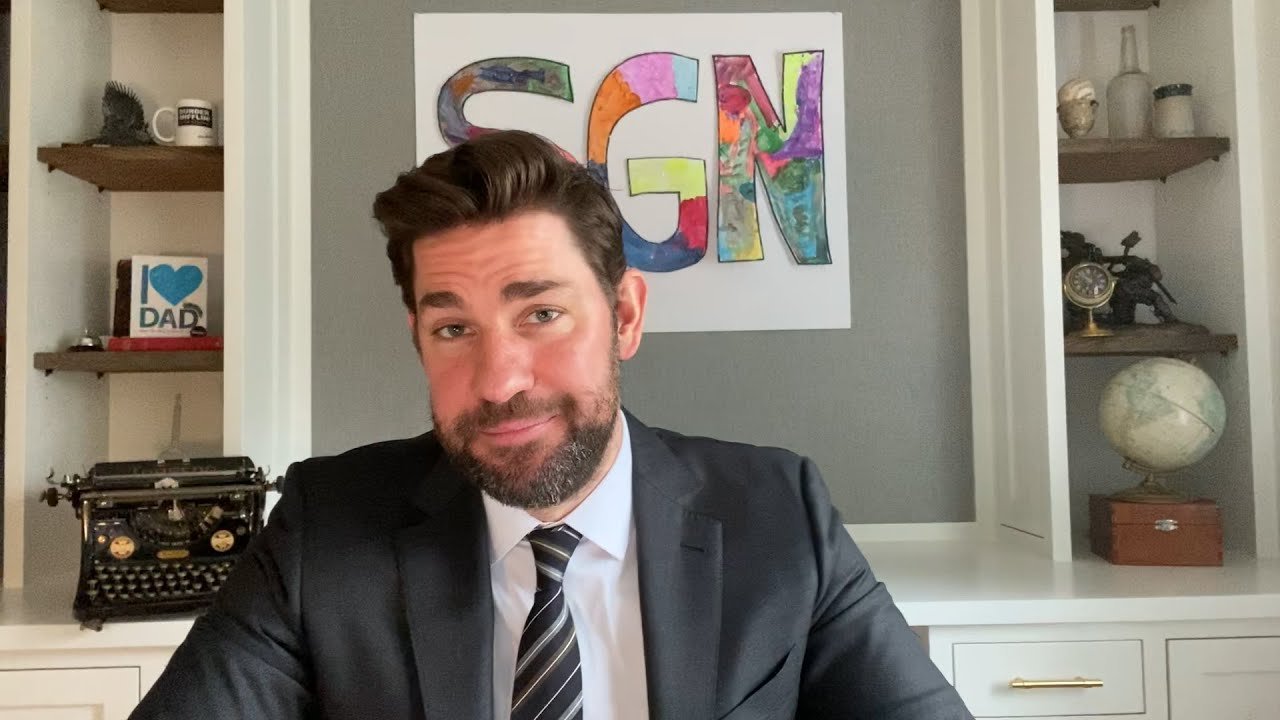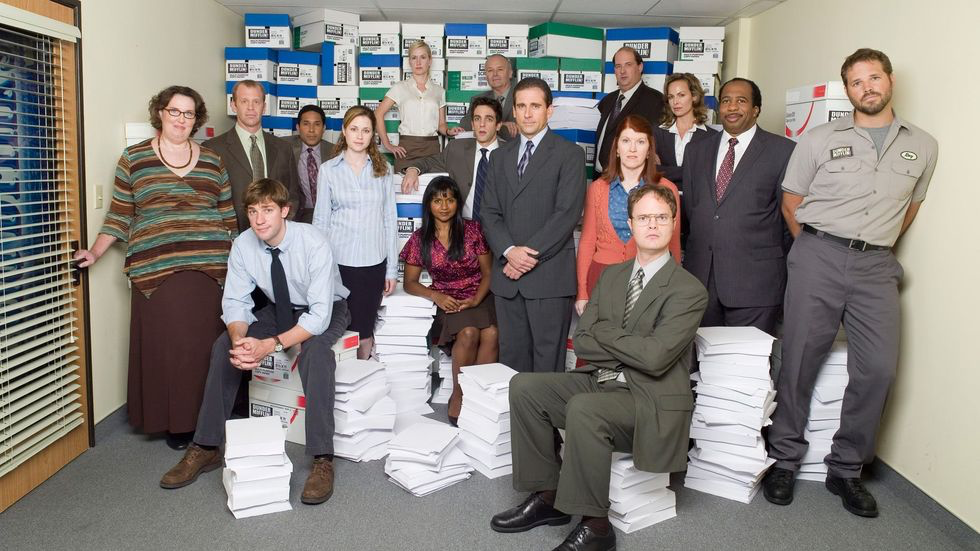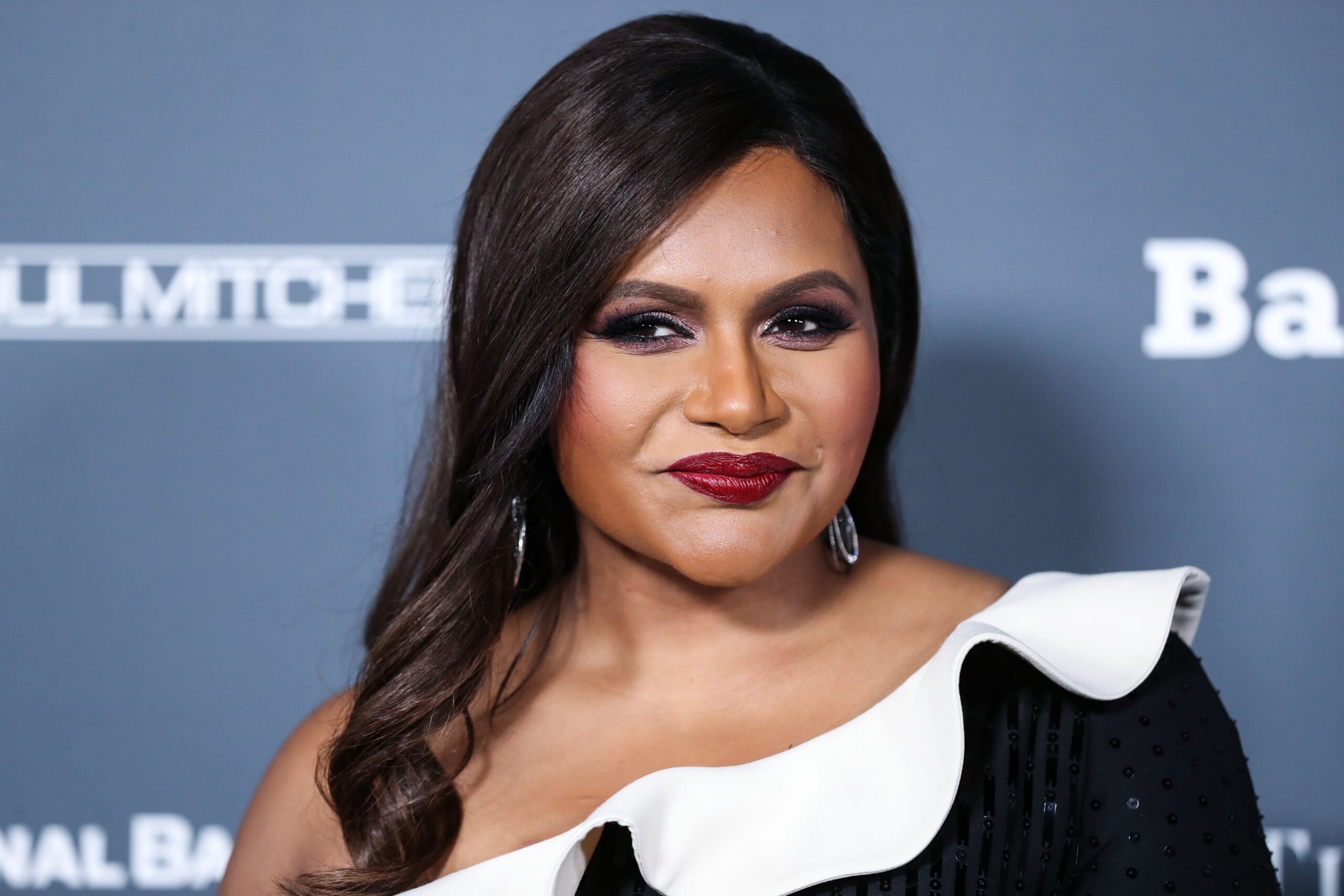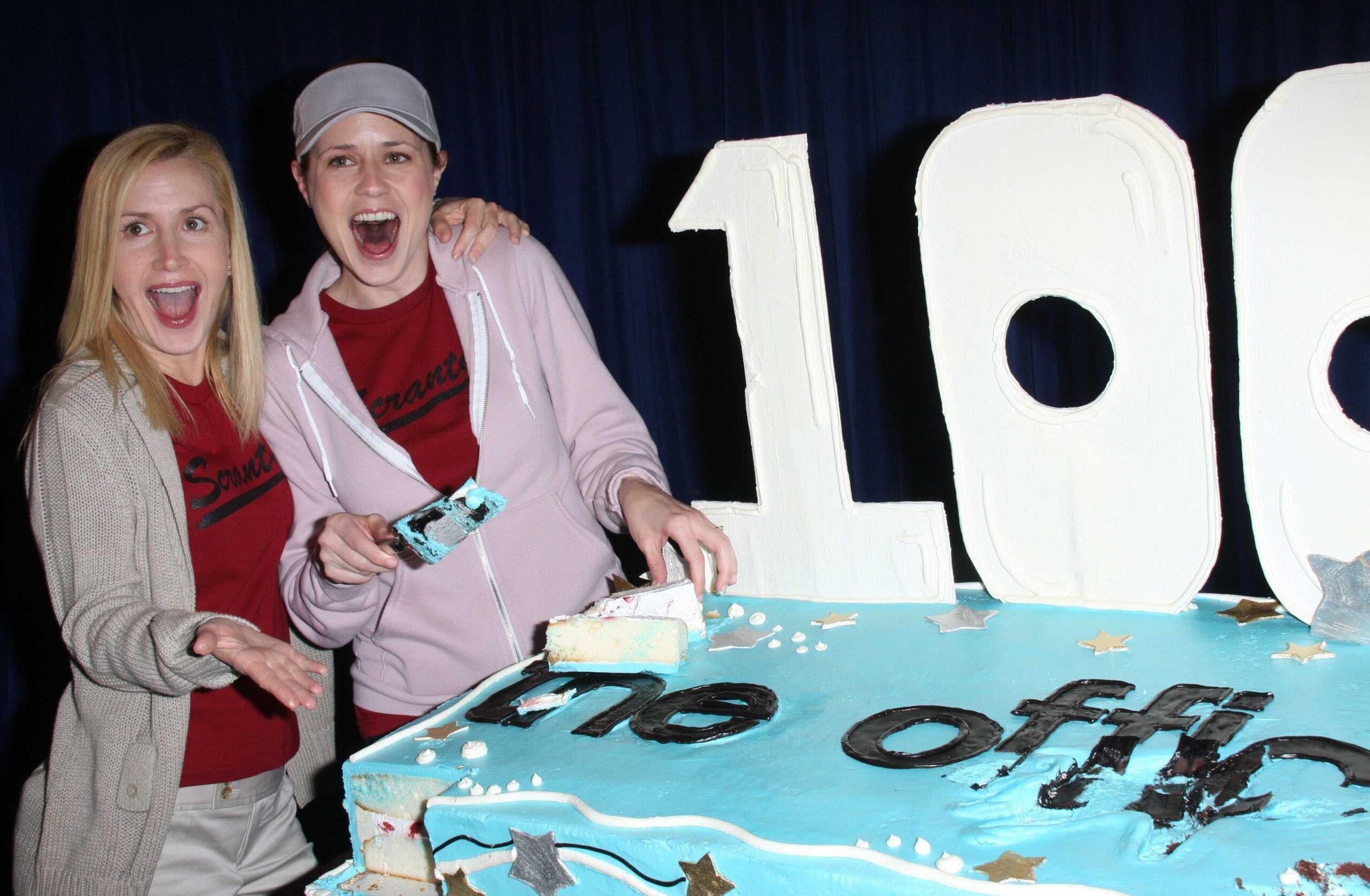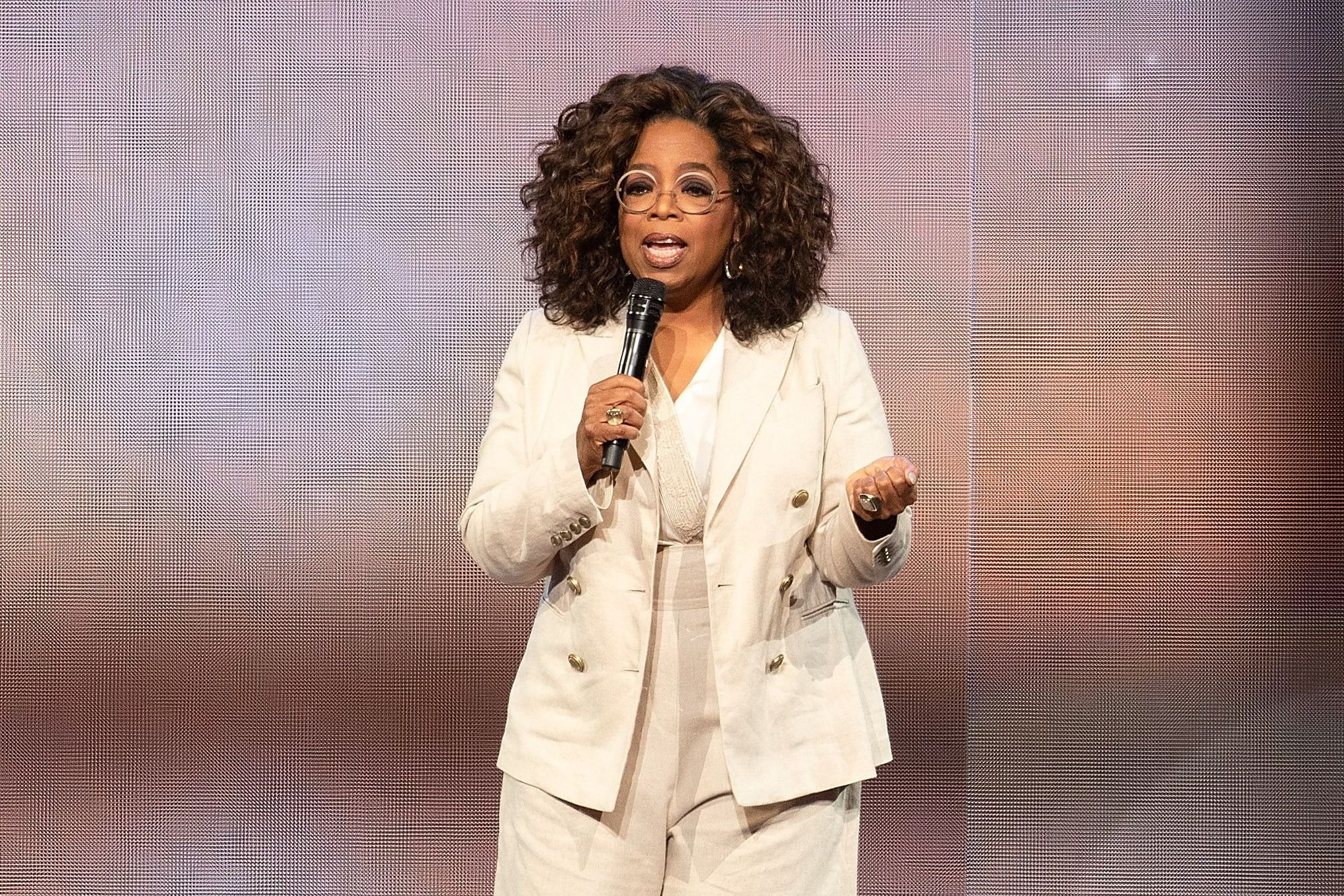The trailer for Netflix’s upcoming Space Force series looks pretty funny, but don’t be fooled. Space Force is a tragedy in the making. The premise of Space Force certainly sounds funny. Steve Carell stars as Mark Naird, a 4 Star General and former number two of the United States Air Force. Naird has always wanted […]
